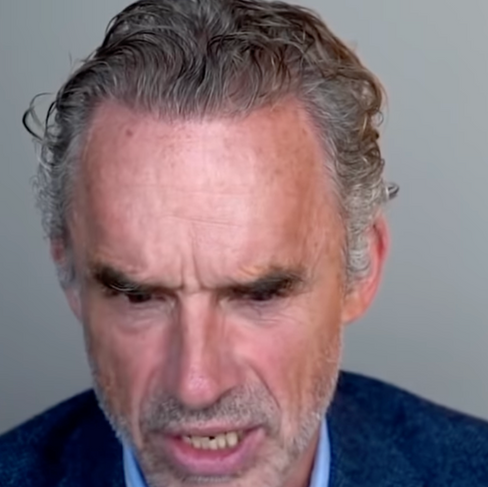Why 1% Of The Population Controls 45% Of The Wealth
- Peter Lorenzi

- Apr 29, 2022
- 2 min read
One of my primary interests has been the study of the nature and causes of "income inequality." In our 2009 SOCIETY article, we wrote:
The new American president promoted the value of “spreading the wealth around” as an election theme, providing low-income families with tax breaks, rebates, and credits. The practice of using federal income taxes to re-distribute wealth, which sometimes reflects the noblest of goals, frequently generates significant unintended harm. Prominent among those unplanned casualties is a reduction in charitable giving: American voluntary wealth transfers (e.g., charitable contributions) are in danger of being crowded out by mandatory transfers (e.g., federal taxes) used to redistribute wealth. This paper considers the social and economic costs of raising taxes that crowd out charity.
One of the mathematical facts that underlie this inequality is that income growth magnifies and increases differences. Unequal current incomes are going to be even more unequal in a prosperous future, without making anyone worse off in any absolute sense. This disparity can be reduced somewhat in a population that is relatively small and homogenous, with Norway, Sweden and Denmark often used as such examples. This lack of diversity tends to enhance equality and equity, which runs counter to the narrative that diversity is a non-negative feature, or a strength when, in fact, diversity can be a liability in the pursuits of equality and equity.
Glenn Loury and Jordan Peterson discuss the Pareto principle, the economics of inequality, PC culture, climate change, race in America, IQ and The Bell Curve, intelligence vs. wisdom, AA meetings, Christianity, and more. Loury is an American economist, academic, and author. In 1982, he became the first African American tenured professor of economics at Harvard. Among Dr. Loury’s published works are The Anatomy of Racial Inequality and Race, Incarceration, & American Values. He was elected president of the Eastern Economics Association in 2013 and received the Bradley Prize in 2022.
The basic rule of thumb is that the square root of the target population produces half of the outcome, roughly describing the Pareto Principle 80/20 rule, meaning that in an organization of 10,000 people, 100 of them produce half of the output. Watch the full episode - https://youtu.be/pRTU6IEepPM
In class, I would advise my students to pursue a career path where they could rank in the top twenty percent of their peers. Peterson takes it a step further, to ten percent.




Comments